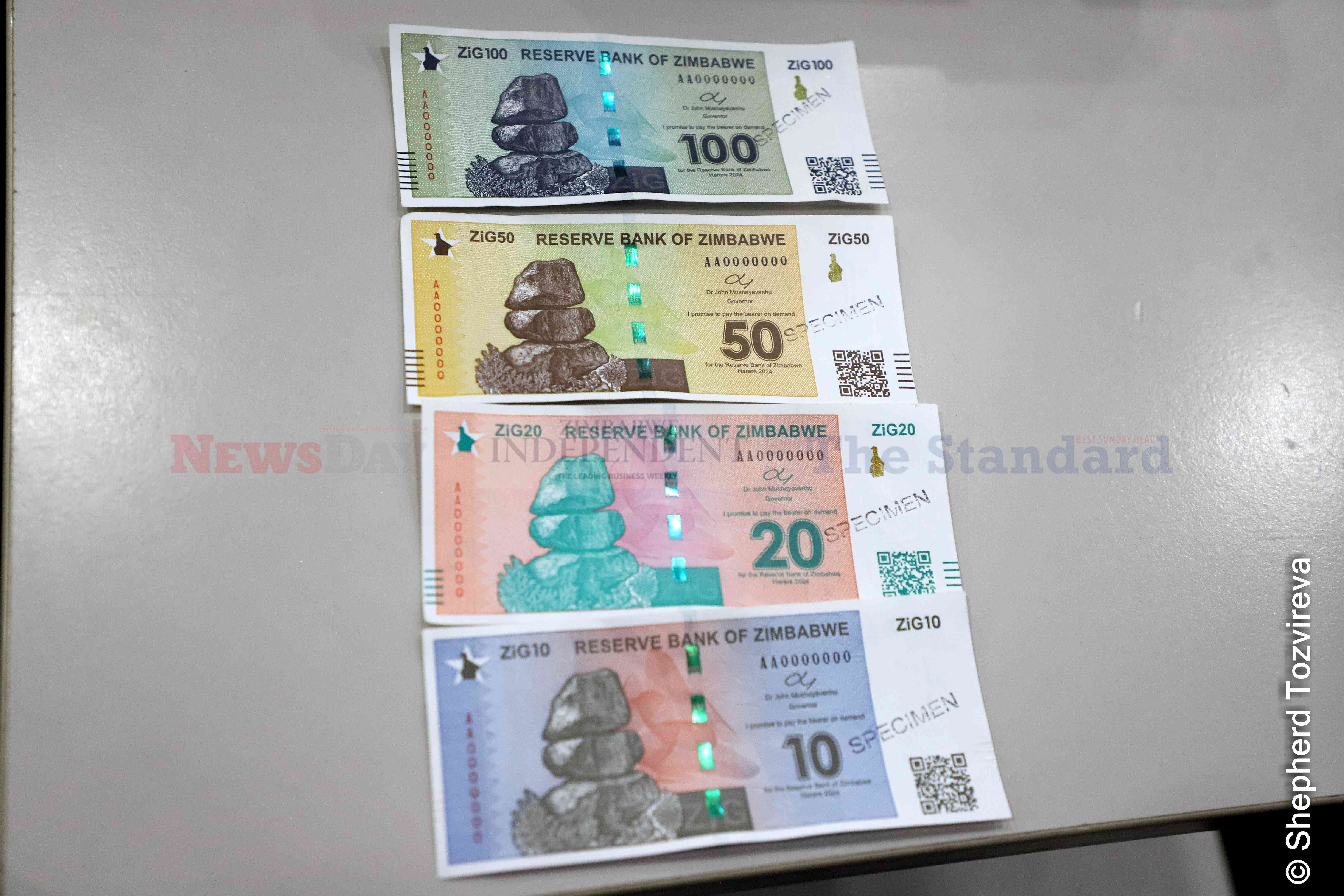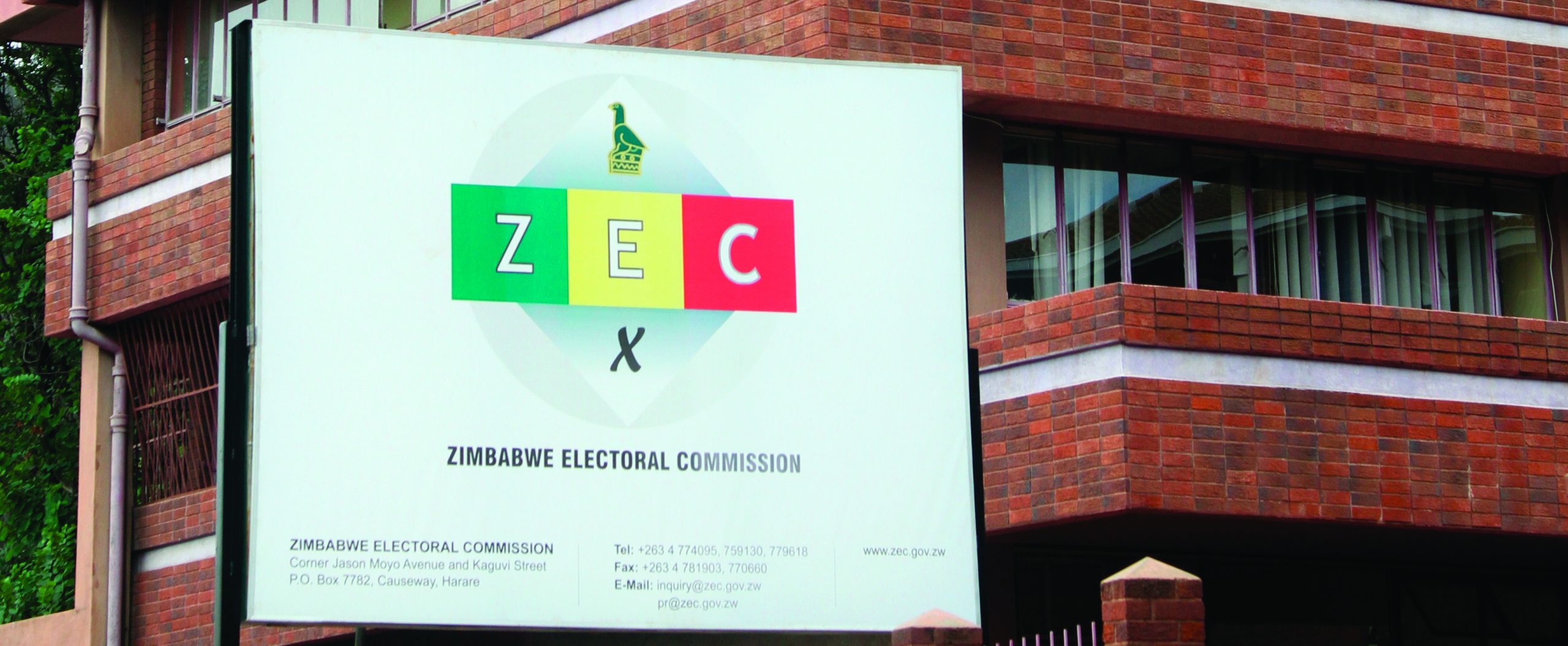
BY MISA ZIMBABWE AND MEDIA ALLIANCE OF ZIMBABWE The process of effecting the principle of co-regulation of the media in Zimbabwe as part of the broad legal reforms went a gear up with stakeholders engaging the ministries of Justice, Legal and Parliamentary Affairs; Information, Publicity and Broadcastings Services; Parliament of Zimbabwe and the Zimbabwe Media Commission (ZMC) to consider the draft Zimbabwe Media Practitioners Bill.
Other key stakeholders in attendance during the Writeshop on the draft Bill held in Kadoma on August 11 -12 2022, included the intelligentsia and journalists.
Zimbabwe’s media regulation has been a largely contested field since the turn of the millennium with the enactment of the Access to Information and Protection of Privacy Act (Aippa) establishing statutory regulation, despite resistance from media stakeholders who, based on the principles of the Windhoek Declaration on Promoting Independent and Pluralistic Media, supported media self-regulation.
In that regard, media stakeholders, comprising among others, journalists, editors’ forum, women in media and media freedom advocacy groups, canvassed the support of key stakeholders towards establishment of a media self-regulatory mechanism in Zimbabwe.
This culminated in the establishment of the Voluntary Media Council of Zimbabwe (VMCZ) in 2007.
Most media organisations in Zimbabwe subscribe to this self-regulatory mechanism, with the code of conduct being the yardstick for professional journalistic standards and the basis on which the media is held accountable to the public.
Statutory regulation was however further entrenched in the 2013 constitution that recognises the ZMC, among institutions supporting democracy albeit with a broader mandate outside media regulation.
The constitution under Section 321 has provisions that provide for the delegation of functions and powers of commissions, which is an opportunity for the ZMC to delegate the responsibility for media regulation to the industry, subject to the commission’s appellate role.
- Chamisa under fire over US$120K donation
- Mavhunga puts DeMbare into Chibuku quarterfinals
- Pension funds bet on Cabora Bassa oilfields
- Councils defy govt fire tender directive
Keep Reading
Moreover, Section 249 of the constitution sets out that an Act of Parliament may provide for the regulation of the media, which if read together with the provision on delegation, provides an opportunity for a modified regulatory framework that merges the various forms of media regulation.
Against this background, and in response to the clarion call for reforms underpinned by principles of media freedom, the government of Zimbabwe adopted the principle of media co-regulation.
There is consensus among stakeholders on this principle.
What is, however, contested is the manner in which co-regulation is going to be implemented.
There are varying interpretations of media co-regulation, some of which, if not adequately addressed, could merely strengthen statutory regulation or just be a form of piecemeal reforms that would not address the long-standing contestations against statutory regulation.
It is Misa Zimbabwe and the Media Alliance of Zimbabwe (MAZ’s) considered view that effective co-regulation should be underpinned by a strengthened and inclusive professional media regulatory mechanism in which there is joint enforcement of a Code of Ethics and Conduct with the statutory body.
In this arrangement, the primary body for regulating the media and mediating complaints against the media will be the professional media council, with the statutory body (ZMC), continuing to exercise its constitutional obligations as an appellate body.
The industry-driven council will be composed mainly of media professionals, and it will also be inclusive to represent the various platforms and forms of news media, including print, broadcast and online media.
Both public and private media entities and practitioners will be within the structures of this mechanism.
Under this framework, the key principles would be inclusivity, recognition for diversity, a unified code of ethics and standards, professionalism and media accountability.
It is, therefore, encouraging that the resolutions of the Kadoma Writeshop buttressed the adoption of the principle of co-regulation and an agreed structure on how this co-regulatory framework is going to be implemented.
In this regard, the meeting resolved that the media in Zimbabwe should professionalise, and that to achieve that objective, the Bill should establish a Zimbabwe Media Practitioners Council which is a professional entry body serving as the lower tier, with the ZMC being the appellate body.
The two would jointly enforce a single code of ethics and conduct.
The Information ministry was tasked to formulate principles for this law and structure for consideration by media stakeholders and presentation to Cabinet and that such guiding principles and structures would be used in drafting this law.
Misa Zimbabwe and MAZ are cautiously optimistic that the ministry will be guided by the resolutions of stakeholders on the form and nature of the guiding principles for co-regulation and that government acts expeditiously and sincerely in negotiating a democratic regulatory framework for the media.
The media will not be hoodwinked into accepting regulatory arrangements that could further divide and disenfranchise the sector.
Media professional standards are the same across all platforms and Zimbabwean journalists stand ready to defend the industry in entrenching quality journalism and public accountability of the media in Zimbabwe.










